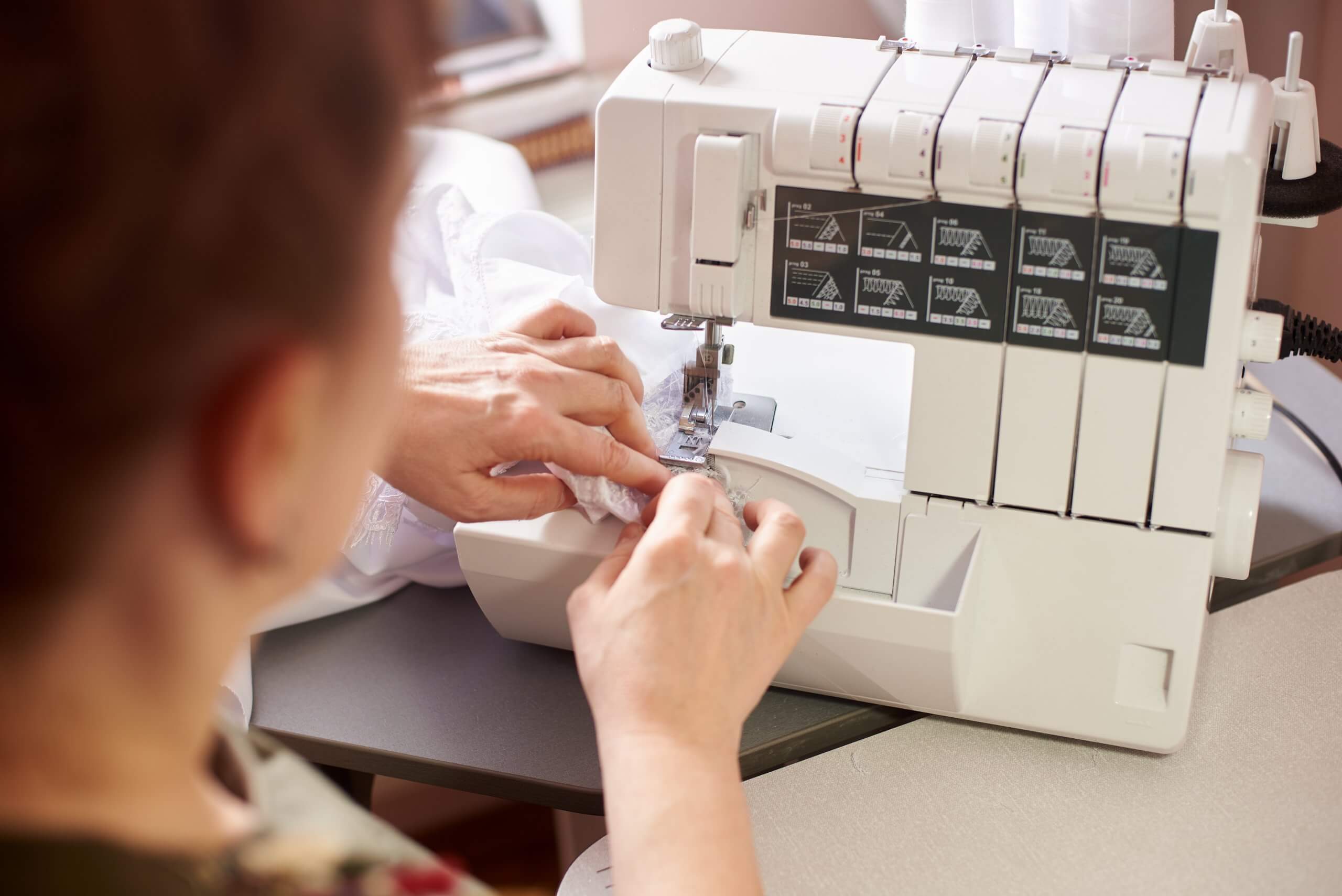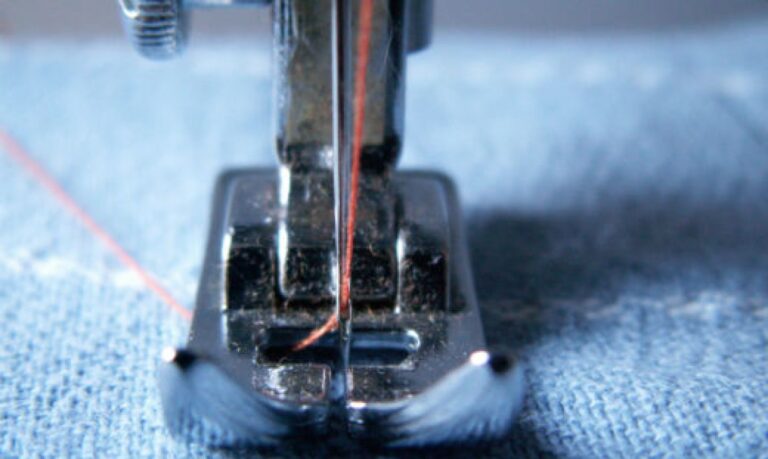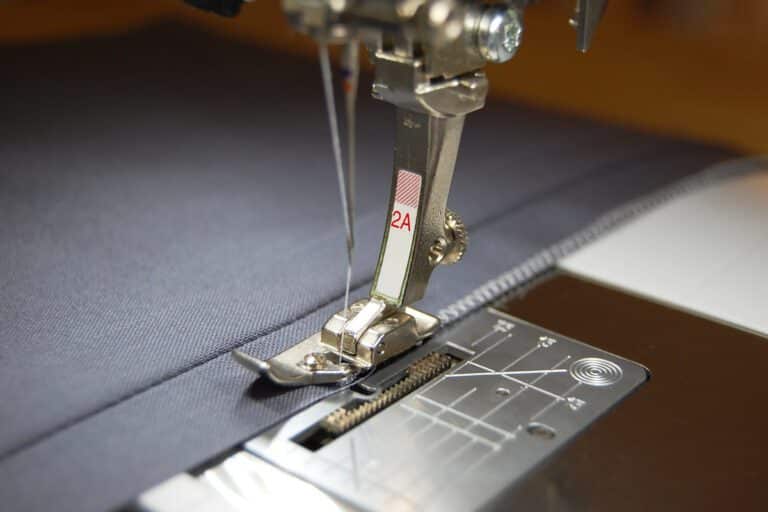Everything You Need to Know About Overlock Machines
Introduction:
Sewing enthusiasts know that a good sewing machine is essential for creating professional-looking garments. However, if you want to take your sewing to the next level, an overlock machine is a must-have. An overlock machine, also known as a serger, is a specialized machine that can create finished edges, sew seams, and trim excess fabric all in one pass. In this article, we will cover everything you need to know about overlock machines, from their basic features to advanced techniques.
Part 1: Understanding the Basic Features of Overlock Machines
An overlock machine has several features that make it different from a regular sewing machine. These features include:
-
Number of threads: An overlock machine can have anywhere from 2 to 8 threads. The more threads a machine has, the more versatile it is.
-
Differential feed: This feature controls the movement of the fabric under the presser foot. It prevents puckering or stretching of the fabric, especially when working with knits or stretchy fabrics.
-
Cutting blade: An overlock machine has a cutting blade that trims the excess fabric as it sews. This feature ensures a clean, finished edge.
-
Stitch options: Overlock machines can create several types of stitches, including a 4-thread overlock stitch, a 3-thread overlock stitch, a rolled hem, and a flatlock stitch.
Part 2: Choosing the Right Overlock Machine
When choosing an overlock machine, there are several factors to consider, including:
-
Number of threads: If you’re just starting, a 3- or 4-thread machine is a good choice. A 5- or 6-thread machine is best for more advanced sewers who want to create more complex finishes.
-
Ease of use: Look for a machine with clear instructions and easy-to-use controls. Some machines have color-coded threading paths, making it easy to thread the machine correctly.
-
Price: Overlock machines can range in price from a few hundred to several thousand dollars. Consider your budget and your sewing needs when choosing a machine.
-
Brand reputation: Choose a machine from a reputable brand with good customer support and a good warranty.
Part 3: Basic Techniques for Using an Overlock Machine
Now that you have your overlock machine, it’s time to learn how to use it. Here are some basic techniques to get you started:
-
Threading the machine: Threading an overlock machine can be tricky, but with practice, it becomes easier. Follow the machine’s manual carefully and be sure to thread the machine in the correct order.
-
Adjusting the tension: The tension controls the tightness of the stitches. Adjust the tension for the type of fabric you’re using. A higher tension is needed for thicker fabrics, while a lower tension is better for lighter fabrics.
-
Changing the stitch: Overlock machines can create several types of stitches. To change the stitch, adjust the settings on the machine and change the thread as needed.
-
Using the cutting blade: The cutting blade trims the fabric as you sew. Be careful not to cut off too much fabric, or you’ll end up with a shorter piece than you intended.
Part 4: Advanced Techniques for Using an Overlock Machine
Once you’ve mastered the basics of using an overlock machine, you can try some more advanced techniques. Here are a few to get you started:
-
Flatlocking: This technique creates a flat, decorative seam. Use two different colors of thread to create a bold, contrasting look.
-
Rolled hems: A rolled hem is a narrow, decorative edge finish. Use a 2-thread overlock stitch and adjust the settings to create a tight, narrow hem.
-
Gathering: An overlock machine can be used to gather fabric quickly and easily. Set the differential feed to its highest setting and use a long stitch length to gather the fabric.
-
Coverstitching: Some overlock machines have a coverstitch feature, which creates a professional-looking hem. Use this feature to hem t-shirts or create decorative stitching on knitwear.
-
Blind Hemming: An overlock machine can also be used to create a blind hem. Use the blind hem foot attachment to fold and stitch the fabric in a way that hides the stitches, creating an invisible hem.
Part 5: Tips for Maintaining and Troubleshooting Your Overlock Machine
To keep your overlock machine in top condition, it’s important to maintain it properly. Here are some tips for maintenance and troubleshooting:
-
Clean the machine regularly: Overlock machines can produce a lot of lint and debris. Clean the machine after each use to keep it running smoothly.
-
Oil the machine: Follow the manufacturer’s instructions for oiling the machine. Regular oiling will keep the machine running smoothly.
-
Check the needles: Overlock needles can become dull or bent over time. Replace the needles regularly to ensure a clean stitch.
-
Check the tension: If the stitches are not coming out correctly, check the tension. Adjust the tension as needed for the fabric you’re using.
-
Use good quality thread: Cheap thread can cause problems with an overlock machine. Use good quality thread to ensure a smooth, even stitch.
Conclusion:
An overlock machine is a valuable tool for anyone who loves to sew. With its ability to create finished edges, sew seams, and trim excess fabric all in one pass, an overlock machine can save you time and give your sewing a professional finish. When choosing an overlock machine, consider the number of threads, ease of use, price, and brand reputation. With practice and some basic techniques, you can quickly master the use of your overlock machine and even try some more advanced techniques. Remember to maintain your machine properly to keep it running smoothly and troubleshoot any issues as they arise. With the right machine and some practice, you can take your sewing to the next level and create beautiful garments with ease.
Related Posts
Discover relevant articles, tutorials, and tips to improve your skills and explore new techniques.
Stay inspired and connected to our embroidery community.






